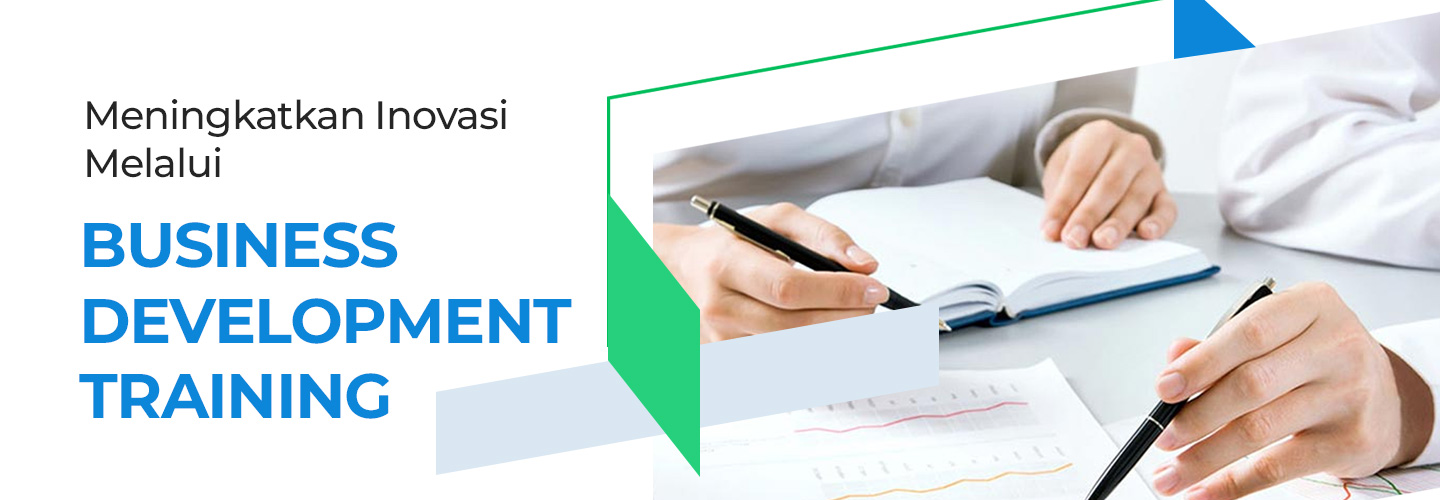Divergent Thinking, The Key to Innovation in the Modern Work Environment

Divergent thinking is the key to unlocking the potential for innovation in today's teams and organizations. Because in an increasingly dynamic and competitive workplace, the ability to think creatively and innovatively is becoming increasingly important.
By adopting this approach, companies can overcome stagnation and solve problems more effectively. In addition, companies also become more adaptive to rapid changes in the business environment.
This article will discuss the definition of divergent thinking, its benefits for organizations, and how to apply it in the workplace.
Definition of Divergent Thinking
Divergent thinking is a thinking process that focuses on creating various ideas and possibilities. This allows individuals and groups to explore various paths and perspectives in finding solutions.
This is in contrast to convergent thinking which seeks to find the one best solution to a problem.
Divergent thinking encourages the exploration of various paths and perspectives, allowing individuals to see problems from multiple perspectives.
Edward de Bono, an expert in the field of creative thinking, describes this type of thinking as a thinking process that "spreads in many directions." It involves flexibility, fluency, and originality in thinking.
This process is especially important in the context of innovation, where new and unique solutions are often needed to address complex challenges.
Benefits of Divergent Thinking
In the workplace, as the problems faced by organizations become more complex, the ability to generate multiple potential solutions becomes invaluable. Here are some of the benefits that can be gained from its application in a professional environment.
Increased Creativity and Innovation
By encouraging employees to think divergently, organizations can create an environment that is fertile for creativity. Employees feel freer to explore new ideas without fear of being judged or constrained by rigid structures.
Better Problem Solving
Divergent Thinking allows teams to generate multiple potential solutions to a problem. This means that organizations have more options to consider before selecting the best one which can lead to more effective and innovative solutions.
Increased Collaboration
When employees are encouraged to share ideas freely, this can increase collaboration and communication among team members. This thinking process often involves brainstorming and group discussions which can strengthen relationships and teamwork.
Higher Adaptability
In a dynamic workplace, the ability to adapt quickly is essential. This thinking process can help employees become more flexible and open to change, as they are accustomed to thinking outside the box and seeking alternative solutions.
More Informed Decision Making
Divergent thinking also allows for the gathering and consideration of multiple ideas and perspectives before making a decision. By having multiple options generated, organizations can conduct a more in-depth evaluation of each alternative and improve the quality of decisions.
How to Implement Divergent Thinking
The divergent thinking process not only paves the way for corporate innovation, but also allows individuals and teams to see problems from multiple perspectives. Here are some of its applications that can have a positive impact on organizations.
Brainstorming
One of the most common methods to encourage divergent thinking is through brainstorming sessions.
In this session, employees are encouraged to come up with as many ideas as possible without initially thinking about their feasibility or quality. The goal is to create a large number of options that can then be refined and developed further.
The SCAMPER Technique
The SCAMPER Technique is a creative method designed to facilitate this thinking process and generate new ideas.
SCAMPER is an acronym for Substitute, Combine, Adapt, Modify, Put to another use, Eliminate, and Reverse. This technique helps employees see things from different perspectives and encourages them to think about how to change or improve something.
Lateral Thinking
Edward de Bono developed the concept of lateral thinking as a way to encourage this way of thinking.
This technique involves non-linear thinking and finding unusual solutions through unconventional approaches. For example, using analogies or metaphors to look at a problem from a new perspective.
Supportive Work Environment
Creating a supportive work environment is also important to encourage divergent thinking. This can involve designing an inspiring workspace, company policies that encourage experimentation and constructive failure.
Training and Development
Providing training for employees in creative and divergent thinking techniques can help them become more skilled at generating innovative ideas. Workshops, seminars, and online courses on creativity and innovation can be a valuable investment for companies.
Divergent thinking is a powerful tool for increasing creativity and innovation in the workplace. By encouraging employees to think creatively and find multiple solutions to a problem, organizations can create a dynamic environment.
This is just one of the many provisions that can be used to solve a company's problems. Learn more about how to make the right decisions through the System Thinking and Complex Decision Making program from prasmul-eli.
With a two-day study duration, this ISO 9001:2015 certified program has the following four discussions:
- Decision making patterns in simple, complicated, complex &; chaotic situations
- Causal Loop Diagram, feedback and delayed feedback in a system
- System thinking in decision and policy making
- Psychological biases in decision-making
Learn more and register now through the following link!


